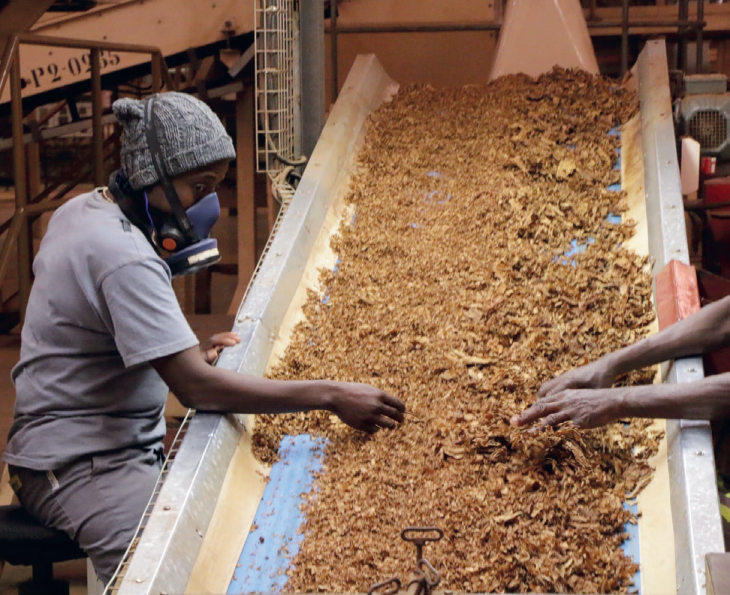
Fueling Malawi’s Economic Surge: Harnessing Comesa Trade Opportunities
Key Business Points
- Malawi’s trade balance has worsened by 22.3 percent in eight months to August this year, hitting $1.84 billion, due to lack of market-targeted production and aggregation at a regional level to satisfy global markets.
- Production is not linked to market research, resulting in a failure to produce products relevant for competitive exports, with the country relying heavily on tobacco exports, which dominate at 60 percent of total exports.
- Diversification of the export base is crucial, with economists calling for investment in high-value sectors such as macadamia, avocado, agro-processing, tourism, and information and communications technology to reduce the economy’s reliance on tobacco.
The Common Market for Eastern and Southern Africa (Comesa) has highlighted that Malawi’s failure to satisfy the global market is due to the lack of market-targeted production and aggregation at a regional level. According to Comesa Business Council president James Chimwaza, production is not linked to market research, resulting in a failure to produce products relevant for competitive exports. This has led to a worsening trade gap, with the country’s cumulative trade balance deteriorating by 22.3 percent in eight months to August this year.
The National Statistical Office data shows that imports grew by 14 percent, while exports declined by 7.1 percent, resulting in a negative trade balance of $1.84 billion. Tobacco dominates Malawi’s exports, accounting for 60 percent of total exports, highlighting the need for diversification of the export base. Economists, such as Mwapata Institute research fellow Christone Nyondo, are calling for investment in high-value sectors such as macadamia, avocado, agro-processing, tourism, and information and communications technology.
The Malawi Government has launched the National Export Strategy (NES II) to increase exports of local goods and services, improve export readiness, and international competitiveness. However, trade balance issues are affected by many factors, including the lack of market-targeted production and aggregation at a regional level. The Ministry of Trade and Industry has successfully reduced the time and costs of doing business for cross-border traders, but more needs to be done to address the trade gap.
In Chichewa, this concept is known as kugwira ntchito za malonda, which emphasizes the importance of producing goods that meet market demands. To achieve this, Malawian businesses need to focus on zikomo za mgwiro, or value addition, to increase the competitiveness of their products in the global market. By doing so, Malawi can reduce its reliance on tobacco exports and kukhazikitsa kwa ziko la maukati, or diversify its export base, to achieve sustainable economic growth.
What are your thoughts on this business development? Share your insights and remember to follow us on Facebook and Twitter for the latest Malawi business news and opportunities. Visit us daily for comprehensive coverage of Malawi’s business landscape.
